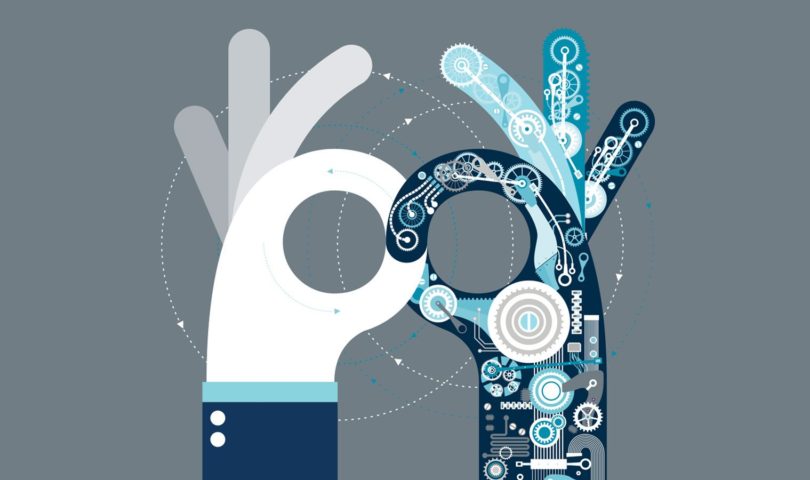It is a known fact that our technology has been improving since the late 1900s. Of course, we would expect our high-end technology to be embedded in our daily lives, and that big change has started to become implemented; for example, we’ve got robot arms instead of people at assembly lines, making assembly more efficient and accurate. But this is just the start: what will be the impact of this on a larger scale?
McKinsey & Global estimates that with increased use of technology at work, around 60% of occupations will become automated. The work environment will have to transform to accommodate for these changes. However, that “60%” is nuanced: the changes impact certain occupations more than others. “Activities more susceptible to automation include physical ones in predictable environments” (McKinsey), such as jobs that require operating machinery and preparing fast food. In terms of collecting and processing data, machines can perform the job faster and more accurately than humans. Jobs that are not as susceptible are those “in unpredictable environments—occupations such as gardeners, or providers of child- and eldercare” (McKinsey) and “will…see less automation by 2030” (McKinsey). These jobs are hard to automate since they require human qualities; additionally, the wages for these jobs are already low, meaning it would be more expensive to begin implementing technological alternatives.
The shift from humans to machines will result in work displacement and the workforce will either be forced to get rid of workers or have the displaced employees transition and specialize in new jobs. According to McKinsey & Global research, “between 400 million and 800 million individuals could be displaced by automation and need to find new jobs by 2030 around the world” and “of the total displaced, 75 million to 375 million may need to switch occupational categories and learn new skills” (McKinsey).
In the future, with automation seemingly dominating the workforce, will there be enough work for people? “With sufficient economic growth, innovation, and investment, there can be enough new job creation to offset the impact of automation” (McKinsey). A robust economy will need to be upheld; fiscal and monetary policies will be needed to support consumer demand and there needs to be support for businesses during these transitions. Businesses need to rework job retainment and skills development, creating more training and opportunities for workers to hone their skills. Since it will take time for a significant percentage of workers to develop their skills and find new jobs, income and transition support, such as unemployment insurance, public assistance in finding work, and benefits that follow workers, will need to be given to workers; because of the way this transition works, people will be out of work for a portion of time, meaning that occupations may be depressed for some time before the transitions are permanent. In addition to income and transition support for the workforce, policies will need to be implemented to support businesses, replacing the income that was brought in by missing employees.
The future seems to be more automated. However, that does not mean there will be no work. Instead, this means that the workforce will have to go through a massive transition, displacing and replacing workers in different categories. Workers will also have to learn new skills to compensate for the loss of their previous jobs. In order to support this change, it is essential for the economy to continue growing; otherwise, the temporary displacement of workers may lead to a depression within most businesses, thus creating a depression in the economy itself.

